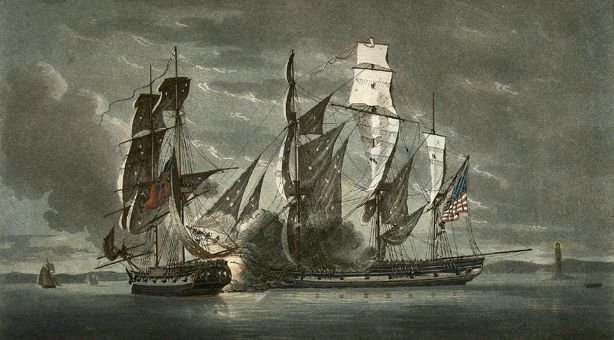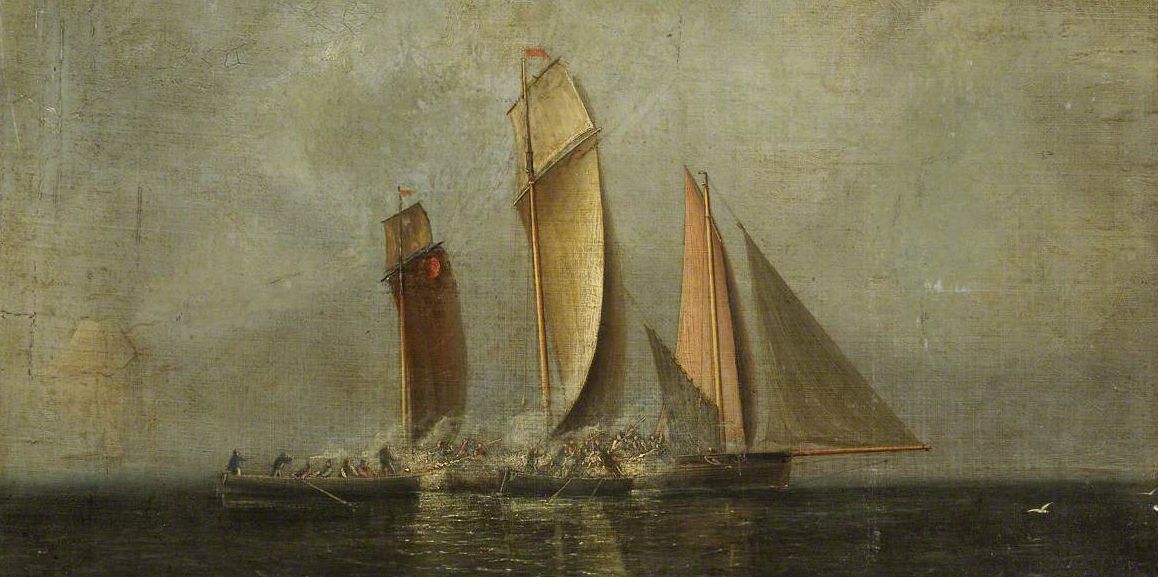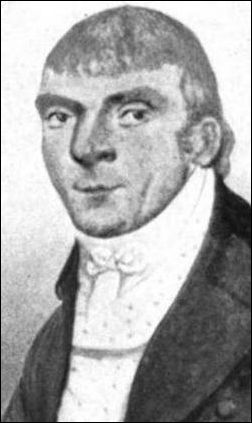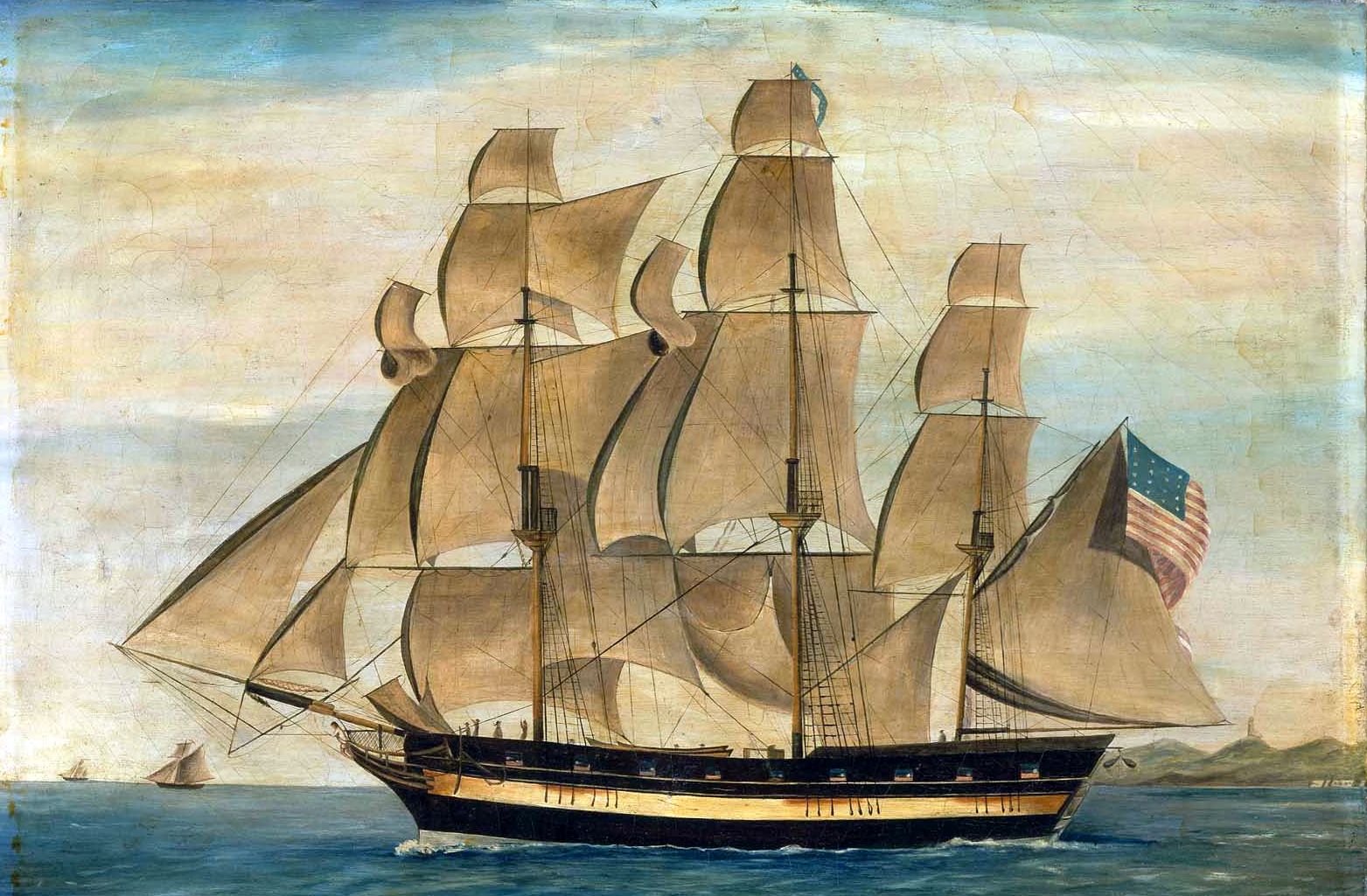Authors:
Historic Era: Era 3: Revolution and the New Nation (1754-1820s)
Historic Theme:
Subject:
Summer 2022 | Volume 67, Issue 3


Authors:
Historic Era: Era 3: Revolution and the New Nation (1754-1820s)
Historic Theme:
Subject:
Summer 2022 | Volume 67, Issue 3
Editor’s Note: One of today’s finest writers about ships and the sea, Eric Jay Dolin previously contributed “Did Hurricanes Save America?” to American Heritage, which focused on the impact of deadly weather on the American Revolution. His latest book, Rebels at Sea: Privateering in the American Revolution, is a fascinating look at the role played by privateers in winning independence. We asked Mr. Dolin to give us an overview of the important and neglected contribution of privateers to our history.


A tall, angular man with a Roman nose and a cool demeanor stood on the quarterdeck of the American privateer Pickering, peering through a spyglass at a strange ship in the distance. It was late in the day on June 3, 1780, and Captain Jonathan Haraden was approaching the friendly port of Bilbao, Spain, where the Pickering had been expecting to sell goods and resupply. However, the ship, a fast-rigged lugger, stood in the way.
A captured British officer on board the Pickering, Robert Scott, informed Haraden that the ship in the distance was the British privateer Achilles with 130 men and 43 cannon, mostly nine- and eighteen-pounders. Scott claimed the lugger was “the largest of its kind that had ever been fitted out from Great Britain.” In contrast, Haraden’s Pickering had only 38 crew and 16 little six-pounder cannon. Scott assumed the American would try to escape.
But Haraden relished the chance to confront the enemy and strike a blow for the revolutionary cause. Turning to Scott, Haraden calmly said, “I shan’t run from her.”
As the sky turned overcast and night darker, Haraden surmised that Achilles would put off its attack until morning. He retired to his cabin, ordering the watch to keep a sharp eye on the enemy ship and wake him should it approach. As dawn broke, the Achilles began its advance, and a crewman rushed to alert Haraden. He “calmly rose and went up on deck, as if it had been some ordinary occasion,” and surveyed his ship to make sure his men were prepared for the confrontation.
